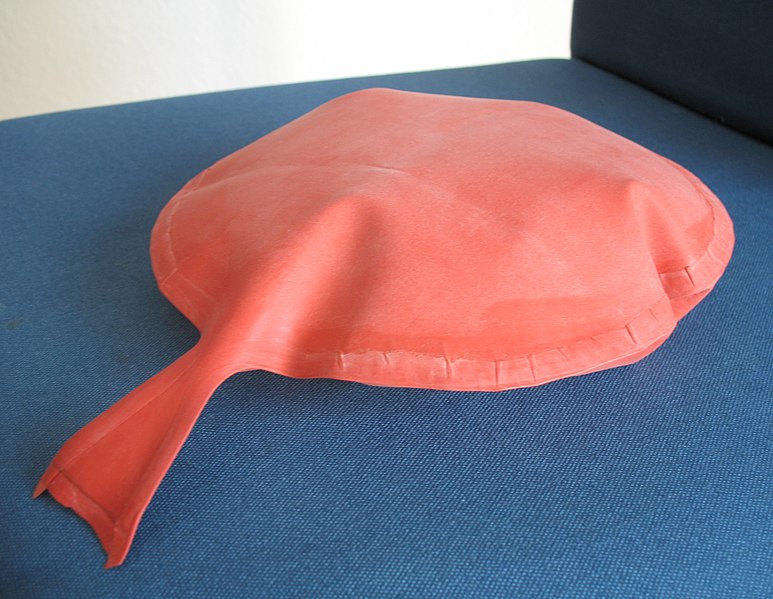
Why do people chew gum? To settle nerves, sweeten the breath, aid digestion, clean the teeth, the reasons are many. Whatever the reason, folks have been chewing on various substances for thousands of years:
- At archaeological sites in northern Europe, evidence of lumps of birch bark tar (a black sticky residue left over from burnt birch bark) have been found with teeth marks in them that date back roughly 9,000 years ago.
- Why ancient people began chewing this tar isn't known for sure, but some of the theories are that there might have been a narcotic effect of the tar, or that it had a medicinal effect.
- Ancient Greeks chewed the resin of the mastic tree to help clean teeth and sweeten the breath.
- The sap of the sapodilla tree, or chicle, has been used for chewing for thousands of years by the peoples of southern Mexico and Central America.
- Native Americans chewed the resin of the spruce tree and taught the first white settlers how to use it to slake thirst.
- For easier chewing, early American settlers mixed spruce resin with beeswax. The idea was expanded upon by John Bacon Curtis in Maine, who created the first commercially made chewing gum. It was made from spruce resin, beeswax and flavorings in 1848 and was called The State of Maine Pure Spruce Gum.
- Curtis used paraffin to replace spruce resin in 1850, and this new combination became more popular than his original gum.
- When chicle failed as a substitute for rubber, dentist William F. Semple added flavoring to it and created the first chicle-based chewing gum. Semple was not the first to patent a formula for chewing gum, but he was the first to patent (in 1869) and produce a commercial gum. Among many ingredients named in the patent that could be combined with the chicle to produce the gum are listed chalk and charcoal.
- In 1882 Dr. Edward Beeman added pepsin powder to chewing gum to help hold in the flavor and to act as a digestive aid.
- Frank Fleer developed the first formula for bubble gum in the middle of the 19th century but it wasn't put on the market until Walter Diemer refined the formula in 1928. He called the gum Double Bubble.
- William Wrigley Jr. started the Wrigley Chewing Gum Company in Chicago, IL. in 1891. It went on to become the single largest manufacturer and seller of chewing gum in the world.
- Chewing gum became very popular at the turn of the 20th century, and American soldiers stationed oversees in WW I helped spread it to Europe.
- The first sugarless gum was created in the 1950's by dentist Dr.Petrulis. He sold his company to the Wrigley Company in the 1960's.
- Topps bubble gum company started to include cards of professional baseball players with their gum in 1951.
- As of the year 2012, there are 3.74 trillion pieces of chewing gum manufactured world-wide every year; annual sales of chewing gum world-wide is 19 billion dollars, and Wrigley's Chewing Gum Company accounts for 35% of all chewing gum manufactured world-wide.
- Dentists encourage the chewing of gum as an aid to good dental health, as long as it's sugar-free gum. Chewing gum helps stimulate the flow of saliva, a natural way to help rid teeth of plaque and bacteria, as well as helping to dilute acids that can erode tooth enamel.
- Since 2004, chewing gum has been banned in Singapore. Only gum that is of therapeutic value and prescribed by a physician is allowed. Chewing Gum







